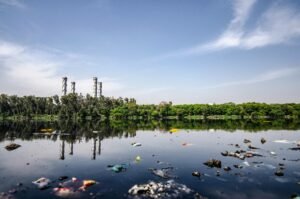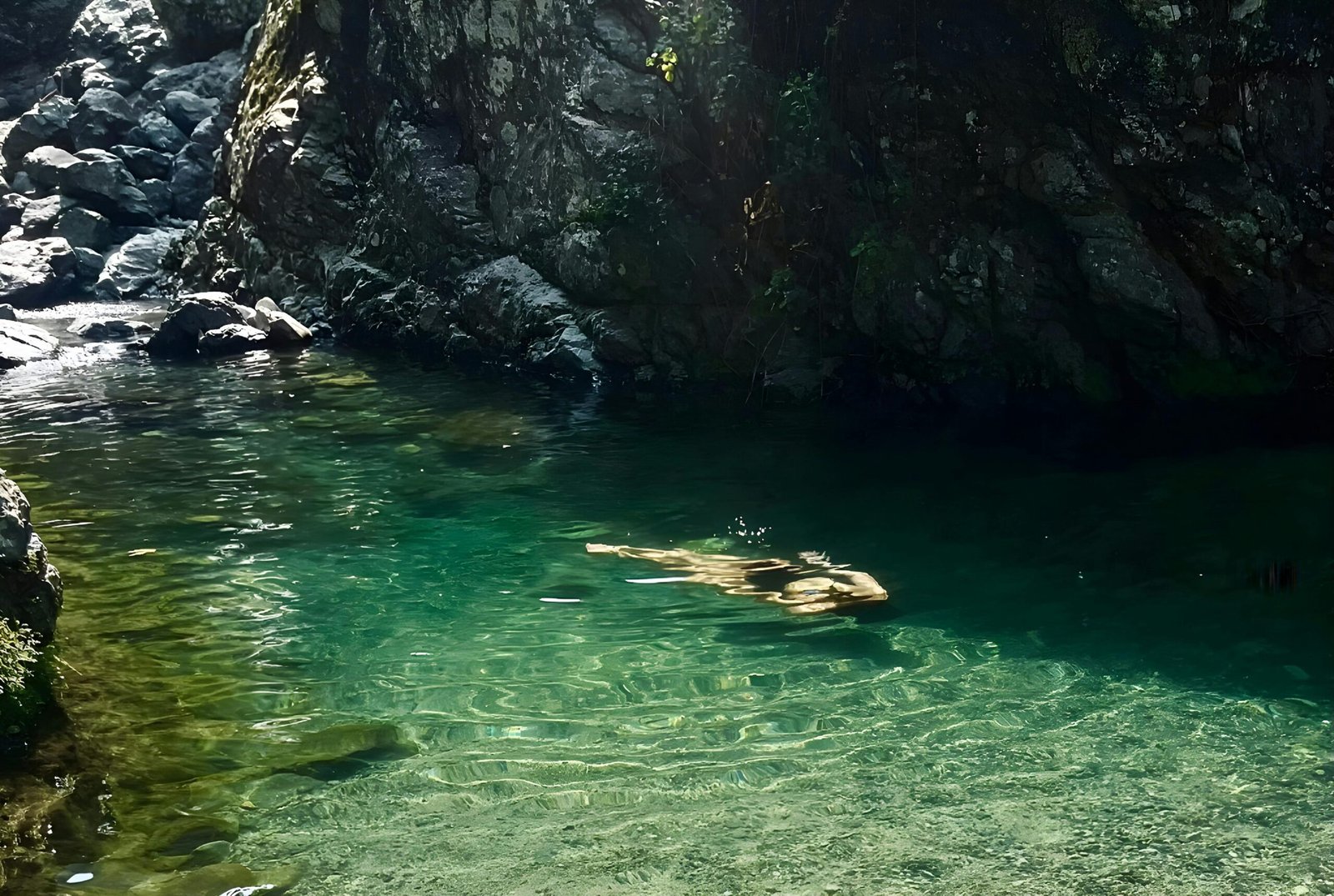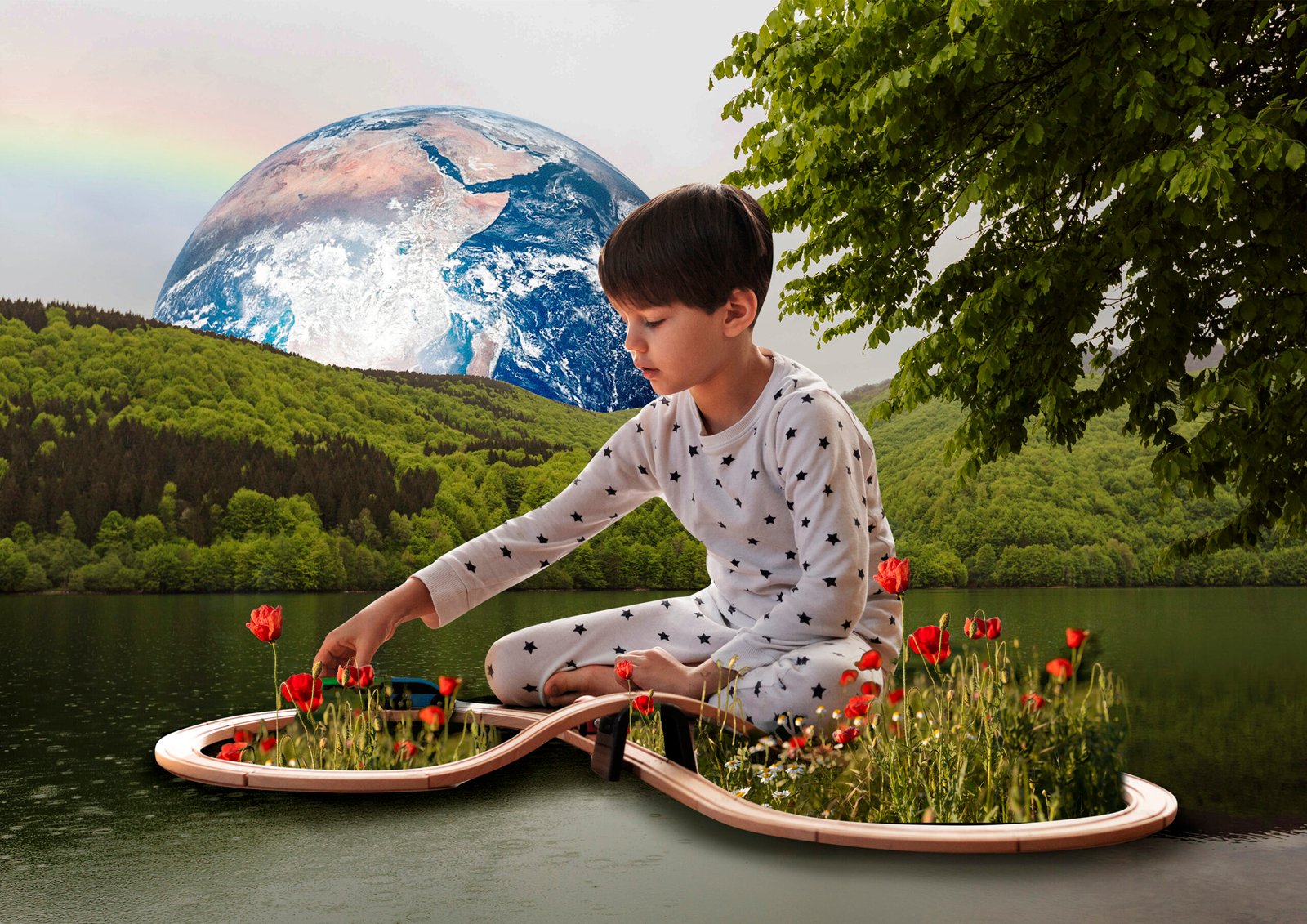Don’t wake nature, which is in other word-do not disturb—ecological standstill of living organisms and the non living environment. There is an equilibrium it is vital to keep if we are going sustainably and also healthy for our planet.

Plants, animals, fungi and microorganisms in any single biome are more or less adaptable to work together within the constraints of an ecosystem both abiotic (sunlight and soil) as biotic factors. Plants and algae like the producers here harvest sunlight to power photosynthesis; they are what food chains depend on. Nearly all consumers, including man and dinosaurs of various modes of nutrition as a regular source getting food from other organisms. When something dies, decomposers like bacteria and fungi move in from the soil to feed on it.
It is crucial to consider abiotic factors—such as climate, soil composition, and water availability—as well. While climate indicates what type of ecosystem is possible in a given location, soil and moisture dictate the types of plants or animals that can occupy an area.
Developing this relationship has always been difficult in ecosystems. Food chains and webs Food chains or food webs are now often considered to be the most simple metabolic units.findOrFail(467). The dynamics of predation, competition between species regulate populations and preserve biodiversity. Interactions between predators and prey are further complicated by various kinds of symbiotic relationships (e.g., mutualism, commensalism, parasitisms).
When you disrupt this delicate balance by clear cutting and polluting, or climate change altering landscapes — habitat is lost. Conservationists must build on their previous successes by increasing the amount of protected areas within rivers, reforming habitat to its natural state and ensuring fish stocks are sustainable. These steps are taken to maintain ecological balance which helps in providing a good and healthy environment for future generations as well sustain all life on Earth
Which thing are affect to unbalance nature
The balance of nature can easily be disrupted by a number of factors, resulting in ecological imbalances and environmental degradation. Key Contributors
- Deforestation
Habitat Degradation: When we destroy some kind of forests, for agricultural purposes or urban development and cutting trees down this really causes many other animals to go extinct from the area resulting in loss of biodiversity.
Climate Impact: Forests also help to keep our climate stable by absorbing CO2. It has been associated with higher greenhouse gas levels as a by-product of deforestation, adding more to climate warming.
- Pollution
Air Pollution: Pollutants like carbon monoxide, sulphur dioxide and particulate matter are released through emissions from vehicles, industrial processes or the burning of fossil-fuels. These pollutants can damage plants, animals and human health as well as reduce agricultural productivity.
Water Pollution: Pollutants like chemicals, sewage and heavy metals flow into water bodies where they adversely influence aquatic life and disrupt ecosystems. For example, water pollution can result in eutrophication: A condition where nutrient overload promotes increase growth of harmful algal blooms leading to oxygen depletion.
Similarly, specific pests and diseases are more often found in low-quality land kindly or another due to other forms of soil degradation from pesticides sprinkled upon it years ago as well as heavy metals and industrial waste that seep into the nucleus of these lands making them a less suitable place for plant growth. Similarly, Soil pollution further leads to the deposition of toxic materials with a well-documented push into the Food chain harmful in more than one ways.

- Climate Change
Changes in global temperatures can influence weather patterns, the time of migrations and flowering to even altering distribution ranges for other species. When this happens, it can alter ecological relationships and result in habitat loss.
Extreme Weather Events — More storms, floods or droughts will occur due to more frequent extreme weather events which damage ecosystems and disrupt natural processes.
- Overexploitation
Overfishing : It means fishing over a limit which depletes fish stocks faster than they can reproduce, with significant imbalances in marine ecosystems resulting.
Overhunting: Hunting species to extinction or over sustainable levels has cascading effects that could cause them (or other plants and animals in the ecosystem) to decline, disrupting predator-prey relationships which throws off balance ecosystem stability.
Resource depletion: continued extraction of finite resources (e.g. minerals, water and timber) which could cause environmental degradation or exhaustion.LinkedList
- Invasive Species
Competition with Native Species: When not native inhabitants are introduced there can also come competition for resources which causes the decline of local biodiversity.
Disturbing Living Arrangements Ecosystem Disruption: Invasive species are able to fundamentally change the structure of habitats, break nutrient and energy sequences, by which ecosystem dynamics undergo significant changes.
- Land Use Changes
Urbanization — The growth of cities and infrastructure breaks apart habitats by eating up green space (making those spaces unfit for natural habitat as they no longer operate like ecology intended) pumping pollution, traffic noise into the environment. In addition to affecting biodiversity, urban sprawl can also interfere with local ecosystems and wildlife corridors.
Increased agricultural land use: Conversion of natural landscapes to farmland causes soil erosion, loss of biodiversity and greater dependency on chemical inputs which can also degrade the environment.
- Waste Generation
Plastic Pollution: plastic waste being discarded in the wrong manner on a large scale can disturb and pollute the landfills/nature that will cause loss of wildlife, fishery and other ecosystems.
E-waste: E-waste also contains toxic metals and dangerous substances that can seep into the ground, contaminating the soil as well as water.
- Altered Natural Processes
Hydrological alterations : Construction of dams, water diversion for agriculture and land drainage can disrupt natural hydrology ( flow patterns ), creating impacts on wetlands,rivers ecosystems as well as through groundwater recharge.
Fire Management: Poor fire management, such as stopping natural fires through the use of suppressing techniques may cause an accumulation of combustible debris and ultimately increase susceptibility to wildland across a particular landscape.

How human balance nature
Various activities and initiatives by which humans are one of the key players in keepings, preserving to restore balance back to nature. Balancing nature entails the limitation of negative impacts and, at other times also embracing an active role for a healthier environment. Well, that is were the humans can and do come into play regarding balancing nature:
- Conservation Efforts
Protected Areas: Creation of national parks, wildlife reserves and marine protected areas to conserve key habitats and species. These areas are sanctuaries for wildlife, they conserve biodiversity and deliver ecosystem services.
Both public and private sector partners will work together to reforest, restore wetlands, and rehabilitate habitat — all efforts aimed at returning the ecosystems that sustained bygone cultures before humans damaged them. The work carried out in these projects hopes to restore ecosystem functionality and improve their resilience.
- Sustainable Practices
The practice of sustainable agriculture: crop rotation, organic farming and low chemical pesticide/ fertilizer inputs help to maintain soil health over time as well as reduce the environmental impacts. Cover crops and crop rotations help to nurture species biodiversity, as well diminish runoff into water bodies.
Renewable Energy: Using renewable sources of energy such as solar, wind or hydropower to replace electricity generated from fossil fuels. This helps reduce greenhouse gas emissions, which is one of the main sources of climate change and results in less air and water pollution.
Sustainable Resource Management: Sustainable management of natural resources (forests, fisheries and freshwater) ensures they are used sensibly. They evolve by doing things like responsible logging, maintaining sustainable fishing quotas and conserving water.
- Environmental Regulations
Legislation and Policies – Governments play a massive role in terms of environmental protection by making, setting up regulations for pollution control, governing around endangered species, protecting and managing natural resources. Similarly, the Clean Air Act and Endangered Species Act provide legal tools to help rein in human excesses of prior decades.
Enforcement. Crucial: Ensuring the enforcement of environmental regulations and laws is essential. They can do this by enforcing compliance, inspecting premises and imposing fines for noncompliance. Enforcement is an important part of regulation.
- Public Engagement and Education
Public Awareness : For the growing number of education campaigns and community outreach programs that raise awareness about environmental issues, or to encourage sustainable behavior. Telling people about the effect of their actions can help to drive eco-friendly behaviors.
Local Initiatives: Community-driven projects, local clean-up drives and tree-planting events are all key to good environmental stewardship. It will be useful to realise that broad guidelines on environmental protection are unnecessary, and local efforts can make the most impact in restoration of ecological balance.

- Technological Innovation
Clean Technologies: Clean technologies refer to the investment and development in new processes, products or services that reduce emissions of greenhouse gases (GHGs), wastes and non-renewable resources. Advanced pollution control devices and electric vehicles, to name a few innovations that are helpful in making the future more sustainable.
Research and Development: Innovative scientific research provides a critical understanding to solve any environmental problem. Keeping nature to stay in balance is based on the ongoing research into ecosystems, climate change and practices for sustainability.
- Global Cooperation
International Agreements: Becoming a party to international agreements, for example the Paris Agreement on climate change and the Convention on Biological Diversity is essential in combating transboundary problems by bringing societies together around sustainable environmental existence.
There is a need for greater knowledge sharing, including best practices and new technologies or research findings, that will only help elevate global efforts to protect nature and jointly respond to environmental challenges.
Both of these help humans in making considerable contributions to conserving the balanced nature, and also revives natural resources for a healthier planet which can further accommodate future generations.








